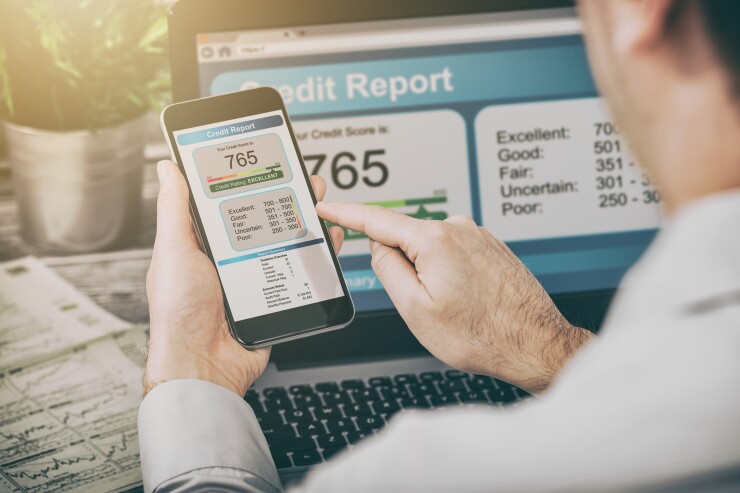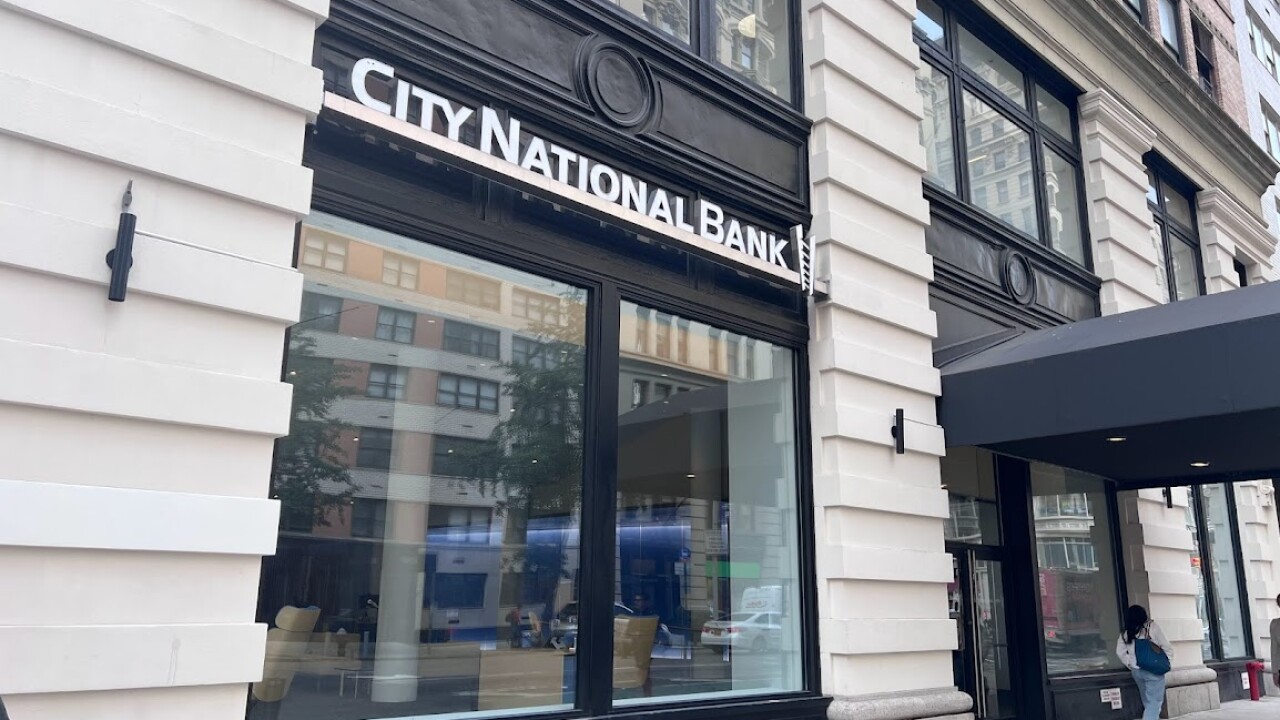
VantageScore is launching a new credit scoring model that combines traditional credit data with bank account information to help thin-file consumers gain access to financial products and services. Consumers opt to add the bank account data to get a second chance at qualifying for credit.
Announced Wednesday, VantageScore 4plus pulls in standard credit file information such as payment history and outstanding debt. If the consumer opts in, the model analyzes bank account data to create an adjusted score. This new iteration retains the scoring scale of the firm's previous model of VantageScore 4.0. Other companies that provide models that analyze bank account data or cash flow data alongside other forms of credit data include FICO (specifically its
"The main credit scores that you'll see today use data from a credit file to create those scores. … Credit file data is very predictive, but it doesn't necessarily give you full visibility into everything that will necessarily give you an understanding of somebody's credit worthiness," said Rikard Bandebo, executive vice president and chief product officer for VantageScore.
To create the score, VantageScore pulls in traditional credit file data from TransUnion, Equifax and Experian. The company's model also supports integrations with aggregators like Plaid and MX to allow financial institutions that deploy the model to accommodate applicants with a variety of bank or credit union accounts.
"From a consumer's perspective, it's a good opportunity for them to potentially get approved for something they couldn't get before," Bandebo said. "On the lender side, it gives them the ability to lend to people they wouldn't otherwise have lent to and better evaluate consumers' creditworthiness."
The $9.8 billion-asset Patelco Credit Union in Dublin, California, is one of 12 current institutions piloting the model to help combat an
"At a time when delinquencies are reaching the highest levels we have seen in recent history, the need for a credit score that gives deeper insights into a member's ability to pay back is critical," Yazel Pardo, head of credit risk at Patelco Credit Union, said in a press release Wednesday.
VantageScore's new model is the latest to incorporate bank data into a scoring model.

In 2021, TomoCredit
Another model that can analyze credit file and bank account data for lenders is
Regulators with the Consumer Financial Protection Bureau have been working to get a
"As the CFPB reviews industry feedback and shapes final regulation, we hope for a final framework that achieves four key objectives: security, privacy, control and convenience. … Consumers deserve all four," Ravi Govindaraju, head of connected banking for JPMorgan Chase, said in a previous opinion article for American Banker.






